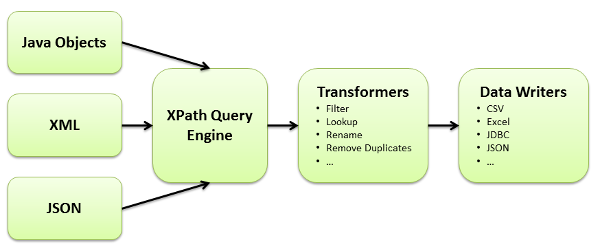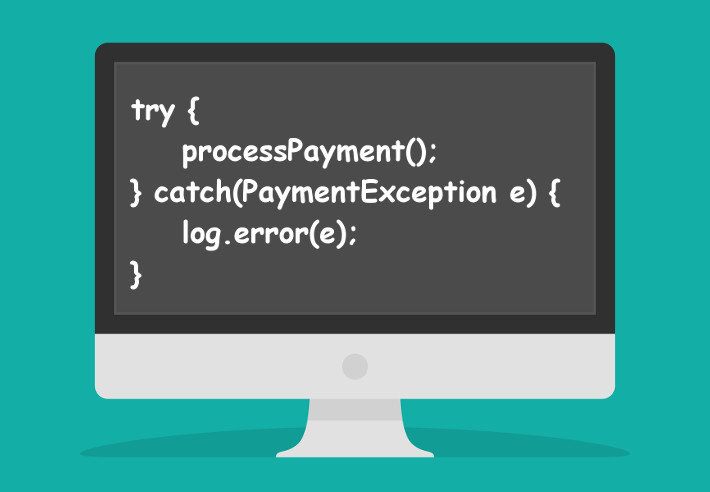Updated: July 2021
This article will demonstrate how to download CSV (comma-separated values) and Excel data from Java web applications using Data Pipeline. It will also show one way to plug Data Pipeline into your JSPs.
Data Pipeline is often used in non-GUI applications to move data from one place/format to another. However, Data Pipeline can just as easily be plugged into your web, mobile, and desktop applications. Being as lightweight and Java-centric as it is, it is perfect for handling your data conversion and manipulation use-cases.
Continue reading →


 This blog will demonstrate how to upload Excel and CSV files into a database while using Data Pipeline to handle the differences in format and structure of the individual files.
This blog will demonstrate how to upload Excel and CSV files into a database while using Data Pipeline to handle the differences in format and structure of the individual files. 